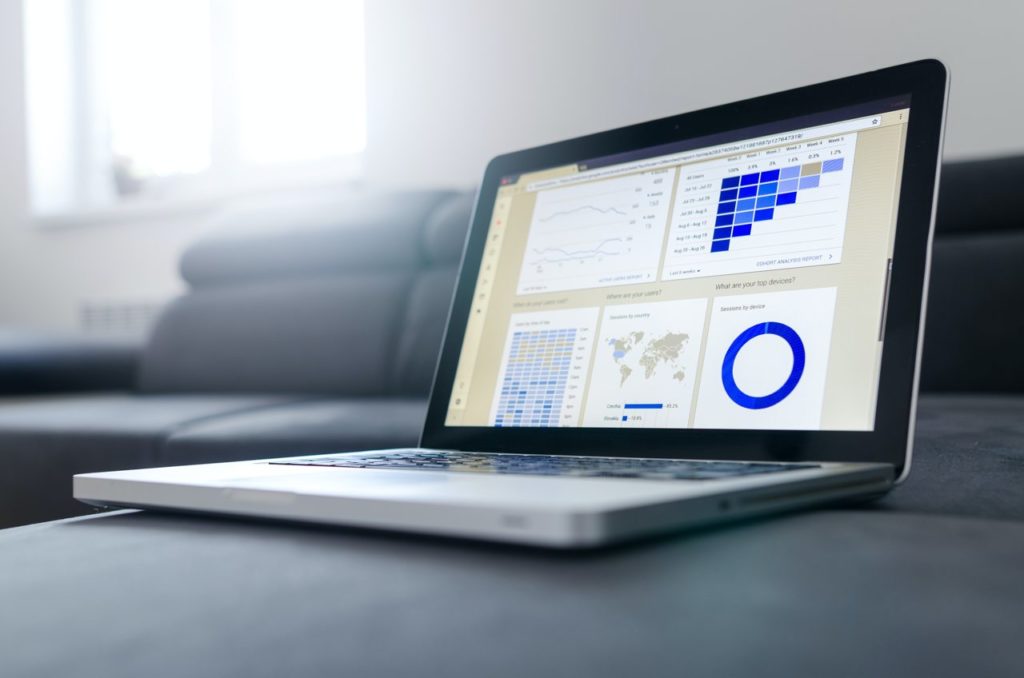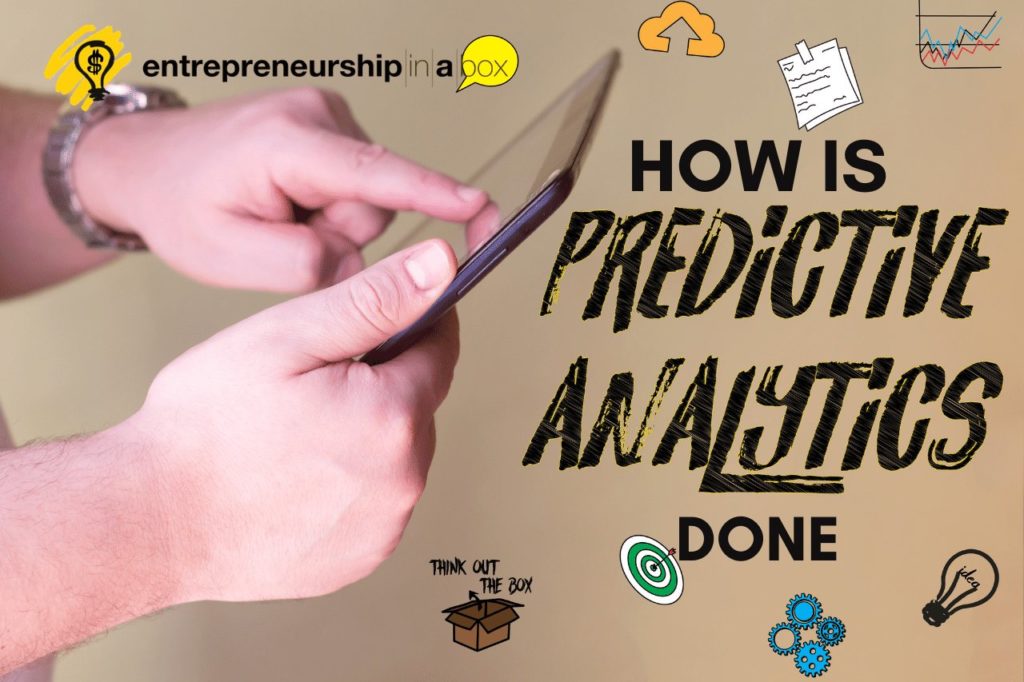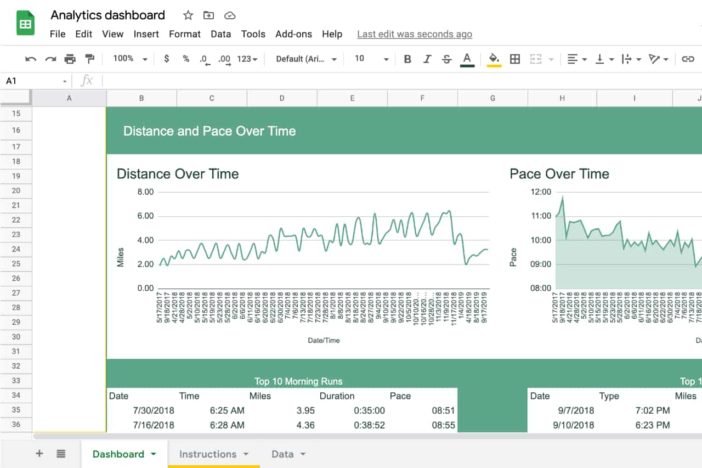Companies are looking for whatever it takes to stay ahead of trends and keep their customers completely satisfied. Prediction models driven by data provide business owners with insight into progress.
Predictive analytics is the method or technique of using data to model forecasts about the likelihood of potential future outcomes in your business. Predictive analytics use past and present data combined with other techniques to model unknown future events. Generally, it is taking data over time to make better decisions in the future by using a predictive analytics model.
How do predictive analytics work?
TIBCO is an enterprise-level software company that allows for real-time data analysis and visualization. Their predictive analytics rely heavily on machine learning. Machine learning is a combination of statistics and data processing with algorithms that help to create statistical models. These models can recognize trends in data more deeply than just numbers on a sheet of paper, and through visual output that points out the directions your company is or could be heading. Using data from diverse sources, machine learning uses complex algorithms and builds these new data models.
A prediction model could be as simple as describing the impact on just one facet of your company. It could also be something more complex, like how that impact on one aspect of your business can affect outliers, customers, and even deeper roots of what you are trying to create.
Machine learning can take historical data and create models with greater complexity than by a sole employee.
Predictive analytics rely on data scientists to handle complexities in these algorithms. Data science combines statistics, computer science, and application-specific knowledge to solve a problem. In a business setting, it combines machine learning methods with a large data set to address the issue, providing predictive insights to alert business operators and analysts to estimates and what’s ahead.
Benefits of Predictive Analytics
Businesses must ultimately compete on data, and the pathway into the data is analytics. Analytics has three components:
- Exploring figures to identify new insights and unseen problems
- Machine learning to model and predict potential outcomes
- Evaluating reports to properly distribute information to decision-makers
Data must be analyzed and presented in meaningful ways in order to yield greater insights and trends for industry optimization.
Raw data isn’t very useful. Businesses have more facts and figures than they would know what to do with, from varying sources both internally and externally. All of this data also comes in different forms like videos, audio, and even texts. The problem becomes extracting useful information from a mountain of physical and digital paperwork.
Data mining is a process that helps analysts to discover patterns in large data sets, with the goal of extracting knowledge. While the term data mining has become something of a buzzword, it’s important to remember that data mining uses machine learning and statistical models to uncover these hidden patterns in big data. It is a common misconception that mining is solely for having that data for illicit use.

Business Applications
Predictive analytics allows businesses across different industries to seize opportunities for a competitive advantage. Such models can impact:
- Anomaly detection
- Financial services
- Risk assessment
- Customer relationship analytics
A predictive analytics solution identifies patterns in the data that indicate fraud, spot anomalies in real-time, and prevent future threats. Predictive analytics can also help operations by forecasting trends that could affect everything from resources for a company, to their marketing efforts by predicting potential customer behaviors.
These scenarios lay out the basics to benefit your business and plan for the long run, allowing management to consider new methods of attack, and break things down in a natural language that is not bogged down by just printed numbers and letters on a page.



